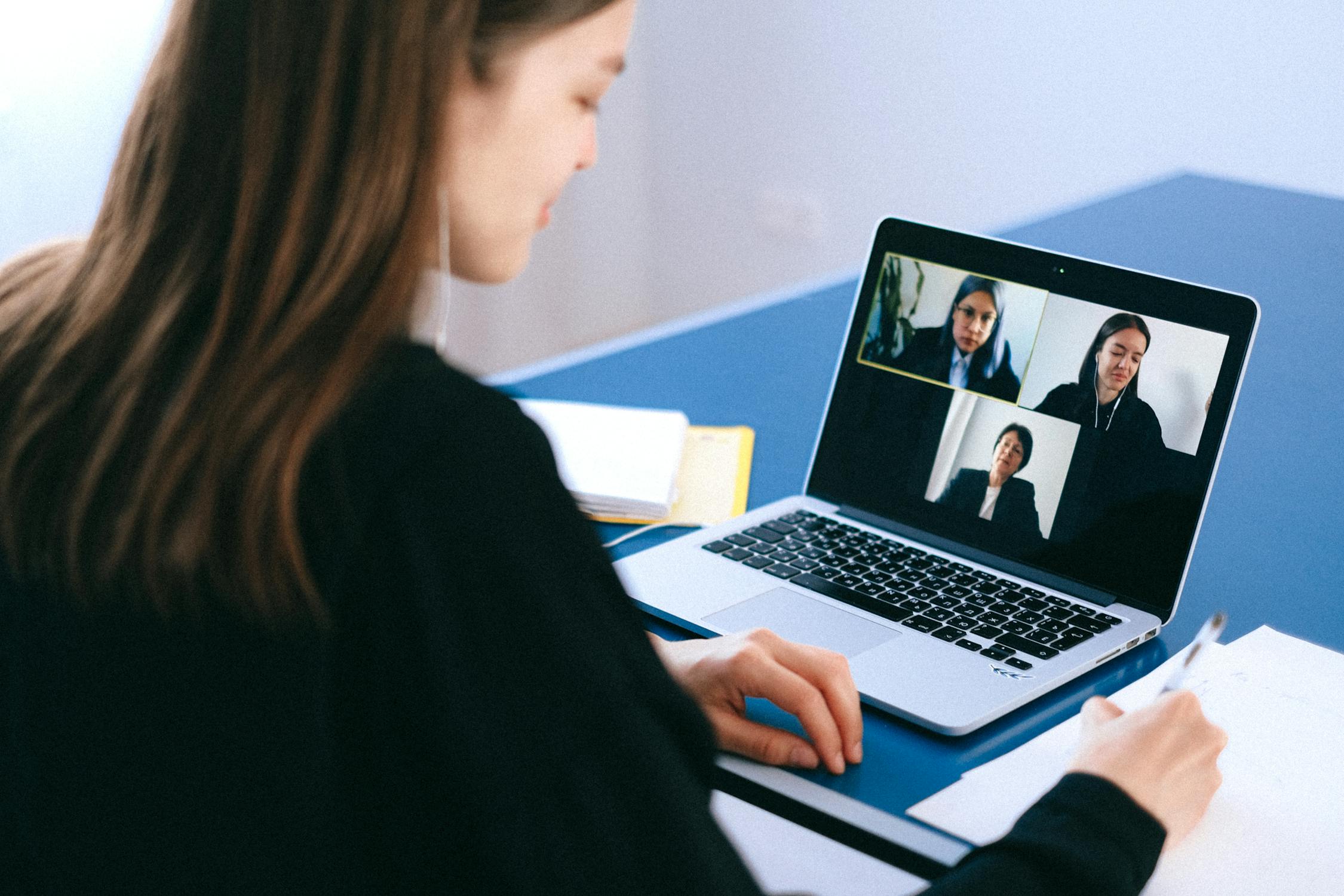Virtual Reality (VR) and Augmented Reality (AR) in Education
When people talk about education, most of the time they think about books, notebooks, pens, exams, and teachers standing in front of the class. That is the normal picture. But in today’s world, education is changing very fast because of technology. We already use computers, tablets, and smartboards in classrooms. But now there is something even more exciting: Virtual Reality (VR) and Augmented Reality (AR).
At first, I thought VR and AR were only for video games. You put on those big glasses and you fight monsters or race cars. But when I found out that VR and AR can also be used in schools, I was really surprised. Imagine not only reading about planets in a science book but actually “visiting” them in VR. Imagine holding your phone over a picture of the human brain and suddenly seeing a 3D brain pop out of the page. That’s what AR does. This feels like magic, but it’s real technology.
Also Raed: The Future of Online Education: A New Way of Learning

What is VR and AR?
Virtual Reality (VR) is when you wear special glasses, and the computer shows you a completely new world. You cannot see your classroom or your home anymore. Instead, you might see space, a jungle, or even the inside of a volcano. It feels like you are really there, even though you are just standing in one place.
Augmented Reality (AR) is a little different. It does not take you to another world. Instead, it adds digital things to the world you already see. For example, when I point my phone camera at a book, AR can make a 3D dinosaur appear walking on top of the book. It is like mixing the real world with computer graphics.
So in simple words:
-
VR = going inside another world.
-
AR = adding digital things into our real world.
How VR and AR Help in Education
Now let’s talk about schools. Normally, learning can sometimes be boring. Reading long paragraphs or memorizing facts is not always fun. But with VR and AR, learning becomes much more interesting. Here are some ways they help:
1. Learning becomes fun
If students can travel to space in VR during science class, they will enjoy it a lot more than just looking at pictures of planets. I know I would!
2. Better understanding
Some subjects are hard to imagine. For example, in biology, reading about the heart is confusing. But if AR shows a 3D heart beating on your desk, you understand it faster.
3. Safe experiments
In VR labs, students can try experiments without danger. If you mix the wrong chemicals in VR, nothing explodes in real life.
4. History comes alive
History class can sometimes feel like just dates and names. But imagine walking around ancient Egypt in VR and seeing how the pyramids were built. It’s like a time machine.
5. Practicing skills
VR is already used by doctors and pilots. They practice operations and flying without risking real lives. Students can also practice speaking, science projects, and even teamwork in VR.
Why VR and AR are Cool for Students
I am 14 years old, and I know how students feel. Sometimes classes are boring, and we just wait for the lunch bell. But if schools used VR and AR, nobody would get bored. Imagine sitting in math class and instead of just numbers on the board, you can see 3D shapes floating in the air. That would make math more real.
Homework can also become fun. If AR apps let us scan our homework and see animations, we will actually enjoy doing it. Even group projects can be exciting if students can meet in VR and build something together.

Examples from Daily Life
I have already seen some small examples of AR. One time my cousin showed me a coloring book with AR. When he colored a picture of a dragon and scanned it with a phone, the dragon came alive on the screen with the same colors he used. It was amazing!
Another time, I saw a VR video where you can swim with sharks. I was just sitting on the sofa, but it really felt like sharks were around me. If schools used things like this, learning would be unforgettable.
Also Raed: Artificial Intelligence in Daily Life: Benefits and Challenges
Challenges of VR and AR
Even though I am super excited, I also know there are some problems:
-
Expensive: VR headsets and AR devices cost a lot of money. Not every school can afford them.
-
Health issues: If you use VR for too long, you can get headaches or feel dizzy.
-
Training for teachers: Many teachers don’t know how to use VR and AR yet. They need training.
-
Distraction: Students might play games in VR instead of studying.
-
Not equal for everyone: Rich schools might have VR, but poor schools may not. This can make the education gap bigger.
Conclusion
For me, Virtual Reality and Augmented Reality are not just cool gadgets. They are tools that can really change the way we study. Instead of being bored, students will be excited. Instead of just memorizing, they will experience learning.
Yes, there are challenges like cost and health issues, but I believe humans can solve these problems. Technology keeps getting better and cheaper. One day, maybe every school, even small schools, will have VR and AR.
FAQs
Q1: What is Virtual Reality (VR) and Augmented Reality (AR) in Education PDF?
A PDF on VR and AR in education usually explains:
-
What VR and AR mean
-
How they are used in classrooms
-
Examples like virtual labs, history tours, and 3D science models
-
Benefits and challenges
Such PDFs are made for students and teachers to understand the role of new technology in learning.
Q2: What are some examples of VR and AR in Education?
-
VR field trips (visit Mars, pyramids, or the deep sea)
-
AR flashcards that show 3D animals or organs
-
VR science labs for safe experiments
-
AR coloring books where pictures come alive
-
VR classrooms for remote learning
Q3: How to write an essay on Virtual Reality (VR) and Augmented Reality (AR) in Education?
In an essay, you should write:
-
Introduction: Explain what VR and AR are.
-
Body: Give examples of how they are used in schools (science, history, art, etc.). Mention both benefits and challenges.
-
Conclusion: Say how VR and AR can change the future of education.
Q4: What are the benefits of AR and VR in Education?
-
Makes learning fun and exciting
-
Improves understanding of hard topics
-
Safe experiments without risks
-
Brings history and science to life
-
Personalizes learning for each student
-
Students remember lessons better
-
Can be used anywhere, even at home
Q5: What is Virtual Reality and Augmented Reality in Education PDF?
It is a downloadable document that explains:
-
Definitions of VR and AR
-
Case studies from schools and colleges
-
Advantages, disadvantages, and challenges
-
Future possibilities of AR/VR in classrooms
Q6: What does “Analyzing AR and VR Recent Development in Education” mean?
It means studying the latest progress of AR and VR in schools. For example:
-
New apps that help teachers use AR in classrooms
-
Cheaper VR headsets for students
-
Research on how AR/VR improves memory and interest in studies
-
Using VR for online learning after COVID-19
Q7: What is AR/VR in Education Research Paper?
A research paper on AR/VR in education usually includes:
-
Introduction to the technology
-
Literature review (what other researchers found)
-
Method (how they tested AR/VR in schools)
-
Results (students learn better, more interest, etc.)
-
Conclusion and future ideas




